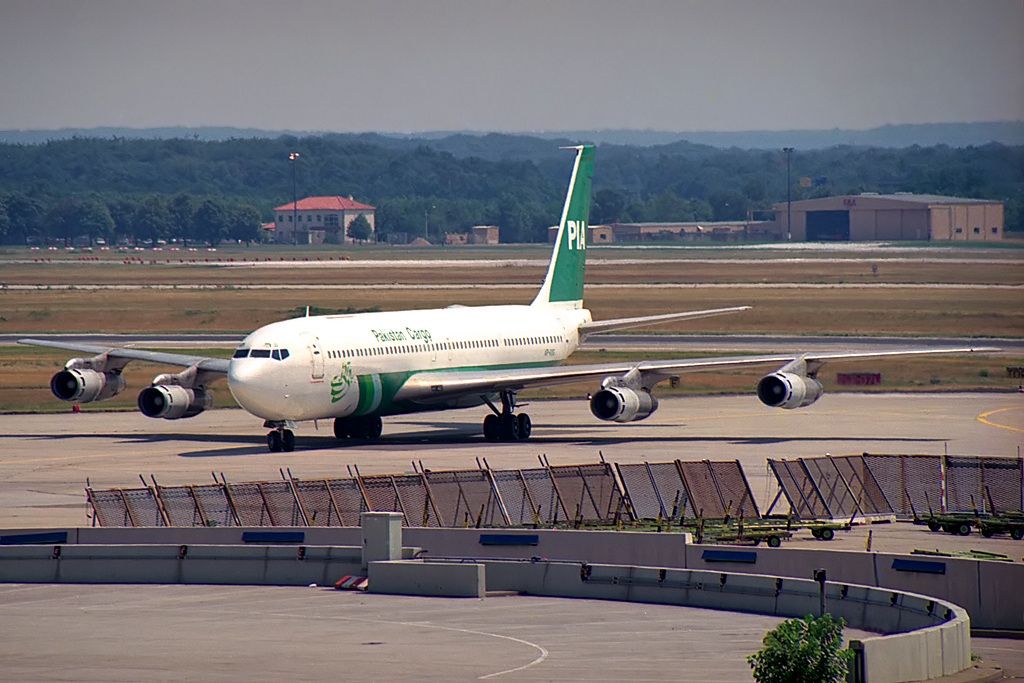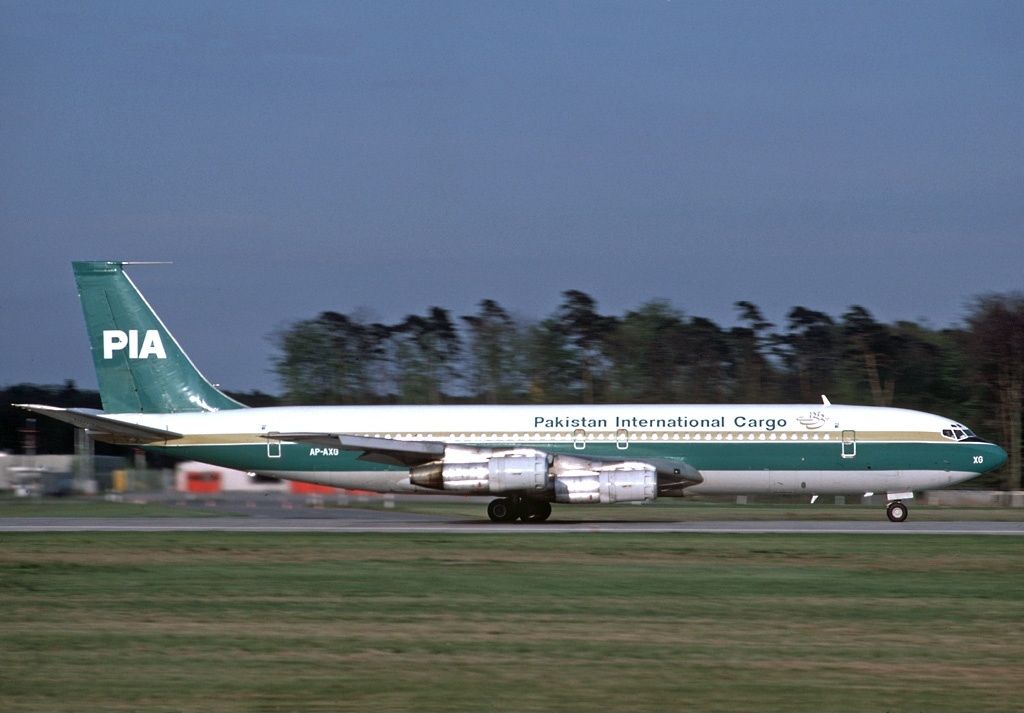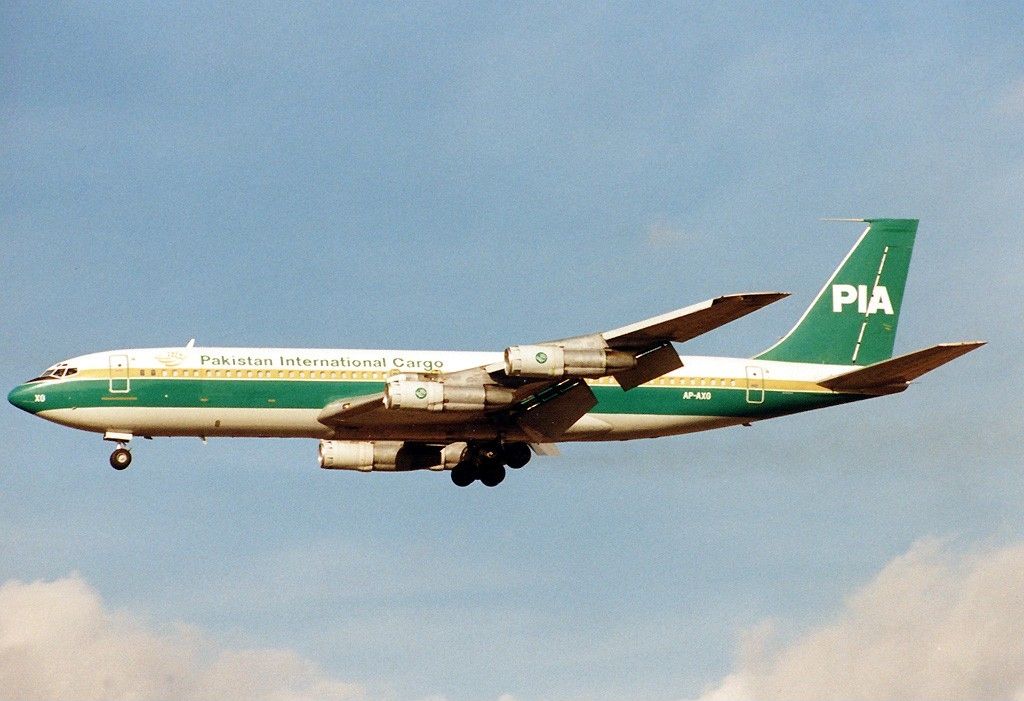Today marks 43 years since the crash of Pakistan International Airlines flight 740, which came down in Saudi Arabia on November 26th, 1979. Operated by a Boeing 707, the flight was transporting Hajj pilgrims back from Jeddah to Karachi, when a fire onboard caused it to fall from the sky in the middle of the night.
The flight and aircraft involved
Pakistan International Airlines flight 740 originated at King Abdulaziz International Airport (JED), which serves the Saudi Arabian city of Jeddah. This facility sees extensive traffic from Hajj pilgrims, who use it as a means of traveling to and from the Islamic holy site of Mecca. In fact, it has its own terminal for such passengers!
The flight's destination was Jinnah International Airport (KHI) in Karachi, Pakistan, which continues to serve as a key hub for Pakistan International Airlines today. PIA is one of four carriers that directly links Karachi with Jeddah nowadays, with the others being low-cost Flynas, flag carrier Saudia, and privately-owned Serene Air.
According to Code 7700, the aircraft operating this flight 43 years ago today was a Boeing 707-340C that bore the registration AP-AWZ. Data from ATDB.aero shows that it was just over nine years old at the time, having been delivered to PIA as AP-AWB in August 1970. It was re-registered as AP-AWZ in September 1972, following the conclusion of a six-month lease to British Caledonian Airways.
Love aviation history? Discover more of our stories here!
Inflight fire
It was the middle of the night when Pakistan International Airlines flight 740 took to the skies over Jeddah, and it departed at 01:29 local time on November 26th, 1979. The Boeing 707 operating the flight had 156 people onboard, with this figure consisting of 145 passengers and 11 members of the carrier's crew.
Sadly, it would all be over for these occupants a little over half an hour later. The first signs of distress came at 01:47, when a flight attendant is said to have reported a fire onboard. This blaze was burning at the rear of the passenger cabin. The pilots descended in response, with ATC permitting them to drop to 4,000 feet. At the time the fire was reported, they had been cruising at 30,000 feet.
The fire quickly spread, with the crew subsequently requesting to return to Jeddah, and reporting to air traffic control that smoke had entered the cockpit. It is thought that the heat and smoke ultimately incapacitated them as, a minute after issuing a mayday call at 02:03, the plane crashed 48 km(26 NM) from the city of Taif.
Aftermath and investigation
Sadly, the violent impact, which saw the 707 come down in a rocky area at an altitude of approximately 3,000 feet (914.4 meters) above sea level, resulted in the deaths of all 156 people onboard. According to the Aviation Safety Network, this made it Saudi Arabia's worst air crash at the time, although it now ranks third.
An investigation into the accident struggled to conclusively determine why the fire originated in the first place, and the reasons for its rapid spread. Terrorism and sabotage were, however, ruled out because investigators had not located any incendiary devices in the jet's wreckage. As such, those looking into the crash pointed towards theories such as electrical fires or gas leaks from kerosene stoves.
Sources: ATDB.aero, Aviation Safety Network, Code 7700



